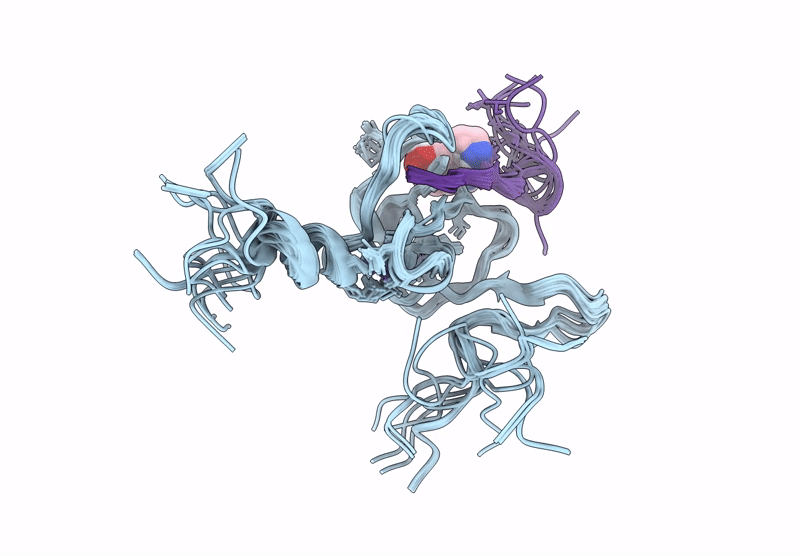
Deposition Date
2025-03-21
Release Date
2025-05-14
Last Version Date
2025-07-23
Entry Detail
PDB ID:
9QLM
Keywords:
Title:
Solution structure of the TAF3-PHD bound to a H3K4me3Q5ser histone tail peptide with a serotonylated glutamine
Biological Source:
Source Organism:
Mus musculus (Taxon ID: 10090)
Homo sapiens (Taxon ID: 9606)
Homo sapiens (Taxon ID: 9606)
Host Organism:
Method Details:
Experimental Method:
Conformers Calculated:
200
Conformers Submitted:
20
Selection Criteria:
structures with the lowest energy


